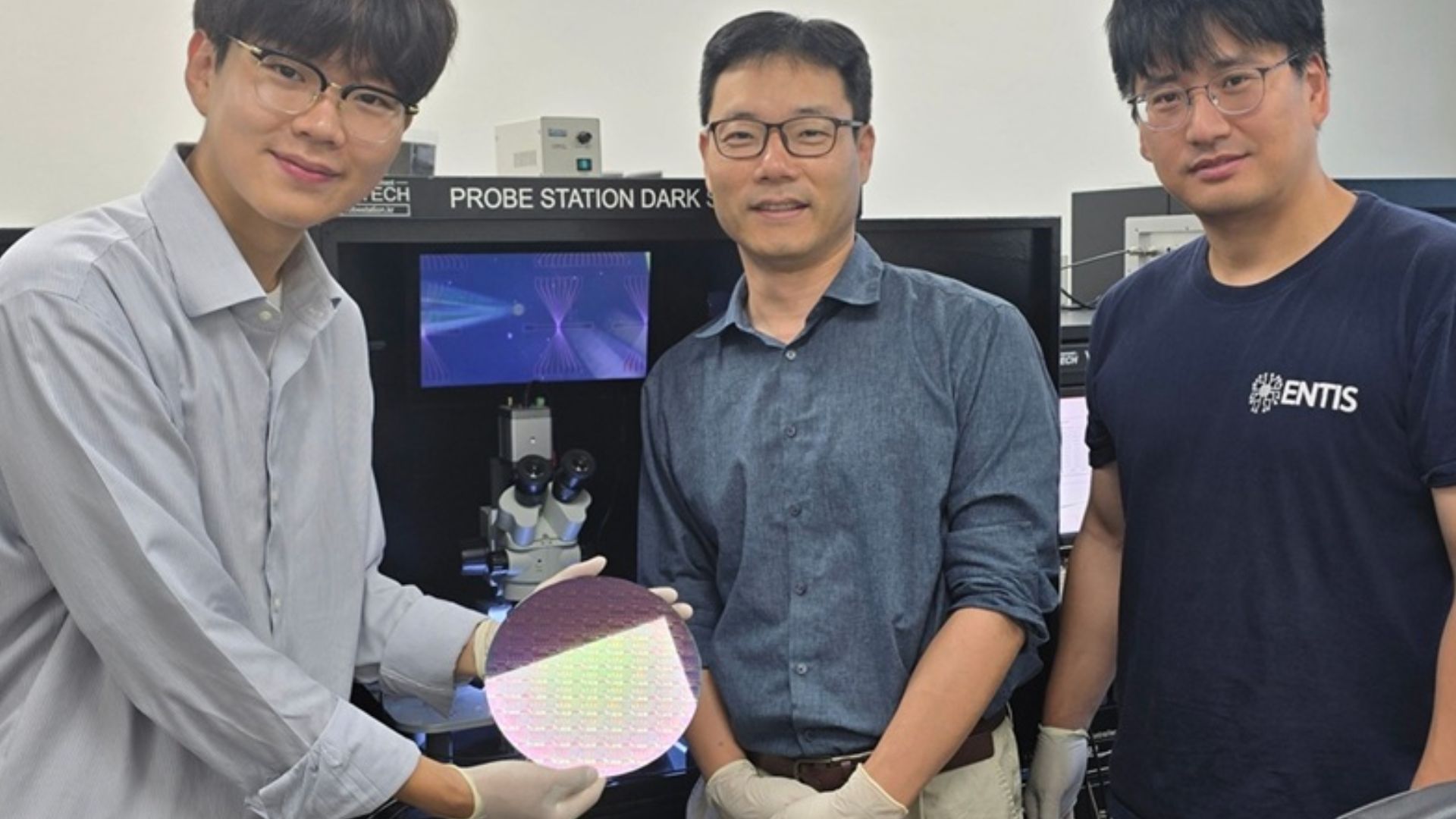KAIST has unveiled a neuromorphic semiconductor-based artificial sensory nervous system that lets robots ignore safe,...

KAIST has unveiled a neuromorphic semiconductor-based artificial sensory nervous system that lets robots ignore safe, familiar stimuli and react quickly to dangerous ones, much like living organisms. The technology aims to support intelligent, energy‑efficient responses in applications ranging from ultra‑small robots to robotic prosthetics.
Animals and humans conserve energy by disregarding safe or familiar cues while staying alert to important or harmful signals. The steady sound of an air conditioner or the feel of clothing on skin soon fades from notice, but hearing your name or being touched by something sharp triggers rapid focus.
These contrasting responses are regulated by habituation, which dampens reaction to repeated non‑threatening input, and sensitization, which heightens responsiveness to important or dangerous stimuli. Researchers have consistently tried to bring these sensory nervous system functions into robots so the machines can respond to external environments as efficiently as humans do.
Memristor breakthrough enables neural-like filtering
Delivering those functions in compact, low‑power hardware has been difficult because most approaches require separate complex software or circuitry. Memristors, next‑generation semiconductor devices that store analog values as resistance and are widely explored as artificial synapses, offered a path forward. Still, existing devices typically allow only simple, monotonic conductivity changes.
That constraint has limited their ability to mimic the more complex characteristics of biological nervous systems, including habituation and sensitization. The KAIST Chungnam team developed a new memristor that introduces an additional internal layer whose conductivity can change in the opposite direction.
With this opposing response, a single device can reproduce dynamic synaptic patterns: its output decreases as benign stimuli repeat yet rapidly recovers, and can even strengthen, when a danger signal is detected. Because the adaptive behavior is built into the device, the system can operate without separate complex software or processors, aiding miniaturization and energy efficiency.
Robot hand demonstration: From touch to pain
To demonstrate the concept, the researchers built an artificial sensory nervous system capable of recognizing touch and pain and integrated it into a robotic hand. The hand initially reacted sensitively to unfamiliar tactile input. When the same safe touches were applied repeatedly, their responses gradually diminished, exhibiting habituation by ignoring the non‑threatening stimuli.
Later, when tactile input was paired with an electric shock, the system interpreted the combination as a danger signal and became highly responsive again, showing sensitization. The experimental results prove that robots can respond efficiently to external stimuli like humans without separate complex software or processors, verifying the possibility of developing energy‑efficient neuro‑inspired robots.
“By mimicking the human sensory nervous system with next-generation semiconductors, we have opened up the possibility of implementing a new concept of robots that are smarter and more energy-efficient in responding to external environments,” said See-On Park of KAIST.
“This technology is expected to be utilized in various fusion fields of next-generation semiconductors and robotics, such as ultra-small robots, military robots, and medical robots like robotic prosthetics”.
The research was published online on July 1 in Nature Communications. The paper, “Experimental demonstration of third-order memristor-based artificial sensory nervous system for neuro-inspired robotics,” lists Ph.D candidate See-On Park as first author.